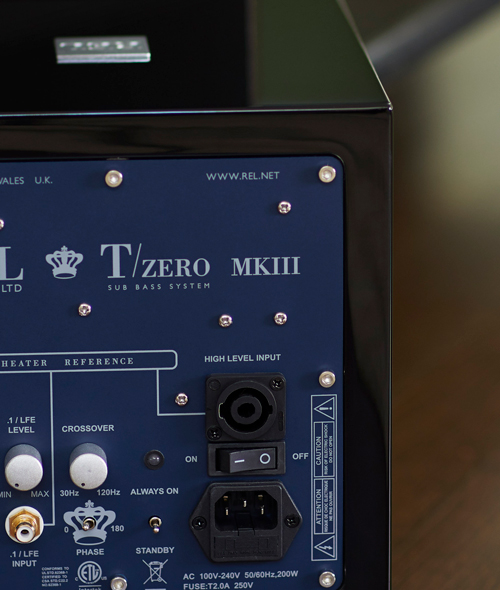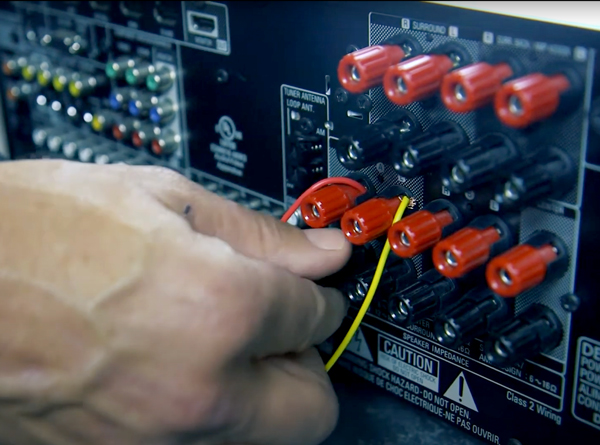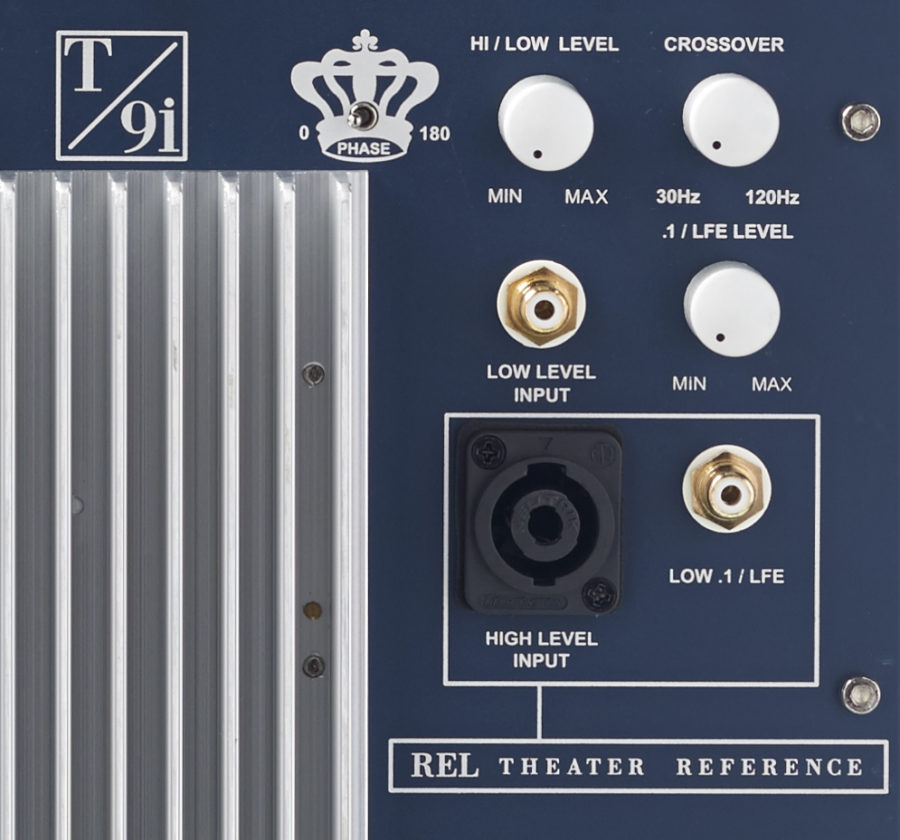Blog
High Level Circuit Explained
What is High Level & Why There's No Need to Fear It

Much is made of REL’s High Level Input, and justifiably so. No more iconoclastic connection scheme exists in the entirety of High End audio. And yet, the results speak for themselves as dozens of Product of the Year, Subwoofer of the Year awards and hundreds of reviews over the past three decades will attest to. What is the secret of our High Level Input? Is it applicable to music and movies both? Why is it safe to use? and Why does it drive some engineers crazy?
At its core is the understanding that for a subwoofer to meld perfectly with the main speakers, it is crucial to start with the same complete signal your speakers are being fed. That means a source feeding into a preamp –even if you are using a receiver, there’s one buried inside–and then onward through interconnecting cables to the power amp and finally out to both speakers and your REL. Engineers love to revert back to middle school math –remember the transitive property where if A=B and B=C, then A=C?. They argue that if the REL High Level ultimately steps back down in signal level to a level similar to that of a preamp then coming straight from the preamp is the same thing. Oh no. No, no. It’s absolutely not.
Consider, one person’s journey through life. Perhaps you choose to move from the U.K. (your source component) to Europe where you live first in Germany for a few years (preamp) followed by three years in Northern Italy (interconnects and power amp) eating all that wonderful food, being enriched by warm people, their culture. After three years, you settle in southern France (REL/Main Speakers)—a country with similar living expenses to Germany, but vastly different in culture. The engineers argue you should have just stayed in Germany all along. And I, who grew up in Germany and love it, would say, they are very, very wrong. Along the way, you picked up nuance, different shadings of life. You emerged enriched, deeper, better informed. This is the REL way. So, yeah, we piss off the cookbook engineers, but you get to eat Italian cooking and live in Southern France for the rest of your life!
Ok, let’s jump in and explore what we’re doing in our High Level Input. The High Level cable we supply with all classic RELs, it connects to your power amplifier’s output terminals.

Note: our wonderful HT range are designed to supply the best performance at reasonable prices for .1/LFE channel in home theatre and thus are outside this conversation but still benefit from REL’s primary design principles of keeping moving mass as low as possible, using large under-stressed amplifiers and fast filters.
So, if we are connected to the amplifier and the speakers are connected to the amplifier, aren’t we drawing power from the amplifier? No. The REL’s input impedance is so high, higher than 100,000 ohms, that your power amplifier (or integrated amp, or receiver) sees zero drain to provide the REL with its signal. But what that incoming signal from your amp does supply is a signal identical to that feeding your speakers. Thus, the quality and signature of your interconnect cables, the dynamics and tonal shadings of your power amp all contribute to the final sound you are used to hearing through your speakers.
The key here is that the sonic signature from the back half of your system is what we uniquely extract and deliver to the REL input filter in a way no one else seems able to manage. Many have tried, only to discover that what we do is incredibly difficult to duplicate. And that, friends, is the secret to REL’s High Level Connection.
Is it safe? After 30 years and knocking on 300,000 satisfied customers, the answer is an unqualified “Yes”. As long as care is taken to observe the type of amplifier you are connecting us to and follow our directions precisely, almost any amplifier can connect without fuss to a REL High Level.

Class D? Check. Just remember to not connect our Black ground wire to Black amplifier terminal because Class D amps have no ground. Look up the blog on our website, watch the video.
Balanced differential? Check. Same thing, don’t connect the ground wire to the amplifier’s black 5-way binding post, your amp has no ground so connecting to the black terminal is actually connecting to hot, not ground. Watch the video about connecting to a balanced differential amplifier.
A few minutes to learn more about your existing electronics and work with all the rich content on our site and you can be up and running with a REL connected High Level.
What about movies, isn’t High Level just for music? No, there are so many myths and half-baked mistruths about movie sound. Simply put, if a system sounds more natural, it will do a far better job on movies too. Check out previous blogs on the topic.
The bottom line, running your movie system Full Range, just as you do for music, and connecting High Level PLUS .1/LFE will result in something very much like what Dolby wishes you to experience. Something pretty much exactly like what the mastering transfer studio responsible for mixing the sound on your favorite BluRay used to get the best results possible.
So that’s it, the secrets and techniques of how we do our famous High Level Connection. At its core is a deeper understanding of music and movie making techniques and how to coax the best from each medium. It’s not a normal cookbook approach to subwoofer design, but then, we’re not a run-of-the-mill subwoofer company.
It takes courage and careful technique to obtain the results we do. In the end, we’re judged by the harshest lens of all, the judgement of the buying public. If the past thirty years are anything to go by, we’ll keep doing what we do. Challenging the norm, doing things the best way possible whether or not naysaying engineers get it or not. Now, please pass the grated parmesano, there’s a big plate of pasta in front of me and it’s not going to eat itself!











